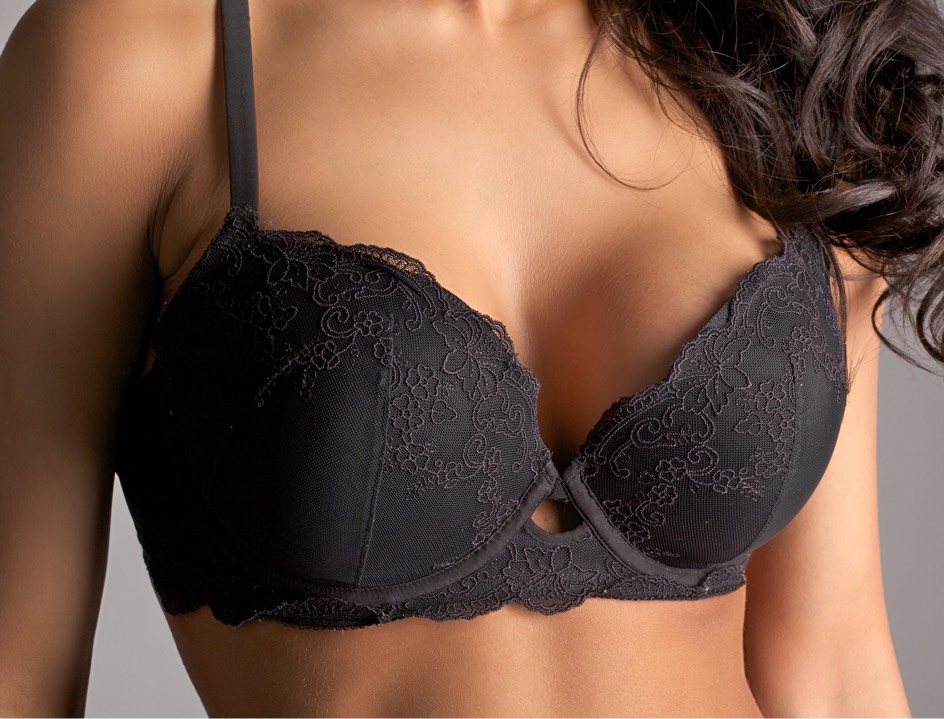
Filling The Implants
When breast implants arrive from the manufacturer, they are an empty shell. During surgery, Dr. Pfeifer places the implant and fills it to a specified capacity. The volume of the implant can be adjusted during surgery to adjust for certain factors. This part of the process is crucial, because underfilling has the potential to cause breast implant deflation. Overfilling on the other hand, is basically a common practice that reduces implant rippling and sloshing. The volume chosen depends on the judgment of your board certified plastic surgeon.
Because saline implants are filled during surgery, they are ideal for endoscopic breast augmentation procedures such as the TUBA method and the transaxillary method.
Are Saline Implants Right For Me?
To determine whether saline breast implants are the most appropriate choice for you, Dr. Pfeifer will also need to evaluate your body type and what incision and breast implant placement method will best meet your needs. Breast augmentation with saline implants can achieve a natural, attractive result when they are placed below the pectoral muscle; such a combination is actually the most common choice for plastic surgeons in the United States today.
*Individual results may vary

Advantages of Saline Breast Implants
- Less expensive than silicone gel implants
- Filled during surgery, allowing shorter incision
- Easy to detect a breast implant rupture
Disadvantages of Saline Breast Implants
- Heavier than silicone gel implants
- Firmer than silicone gel implants
- Higher risk of visible implant rippling
